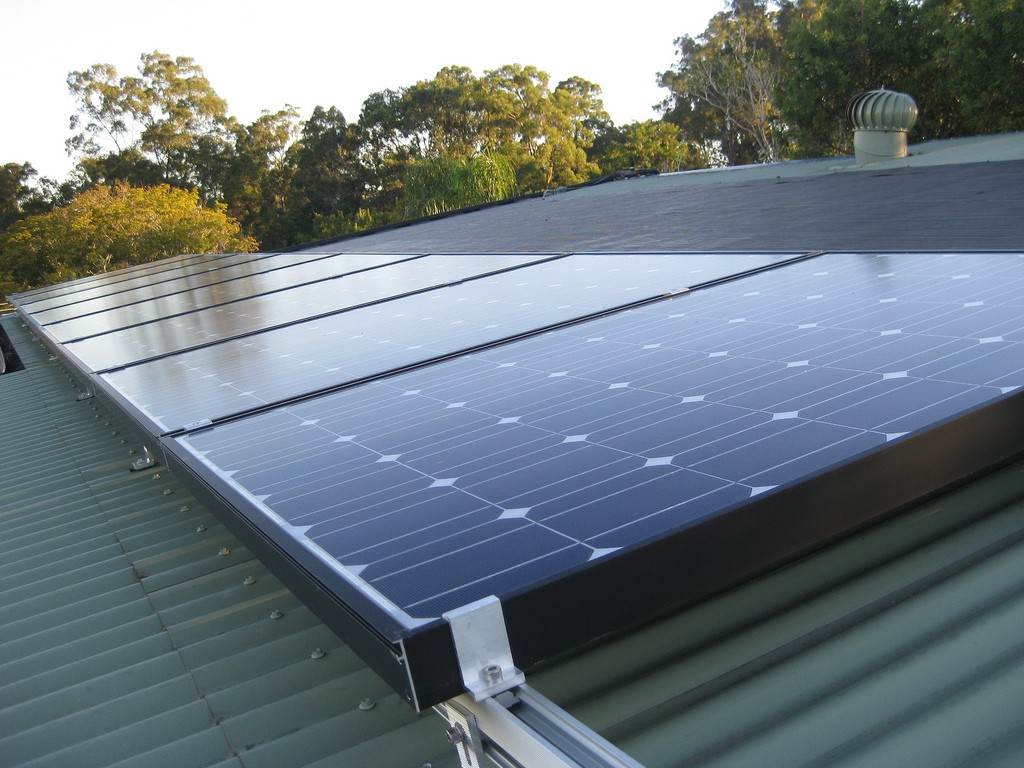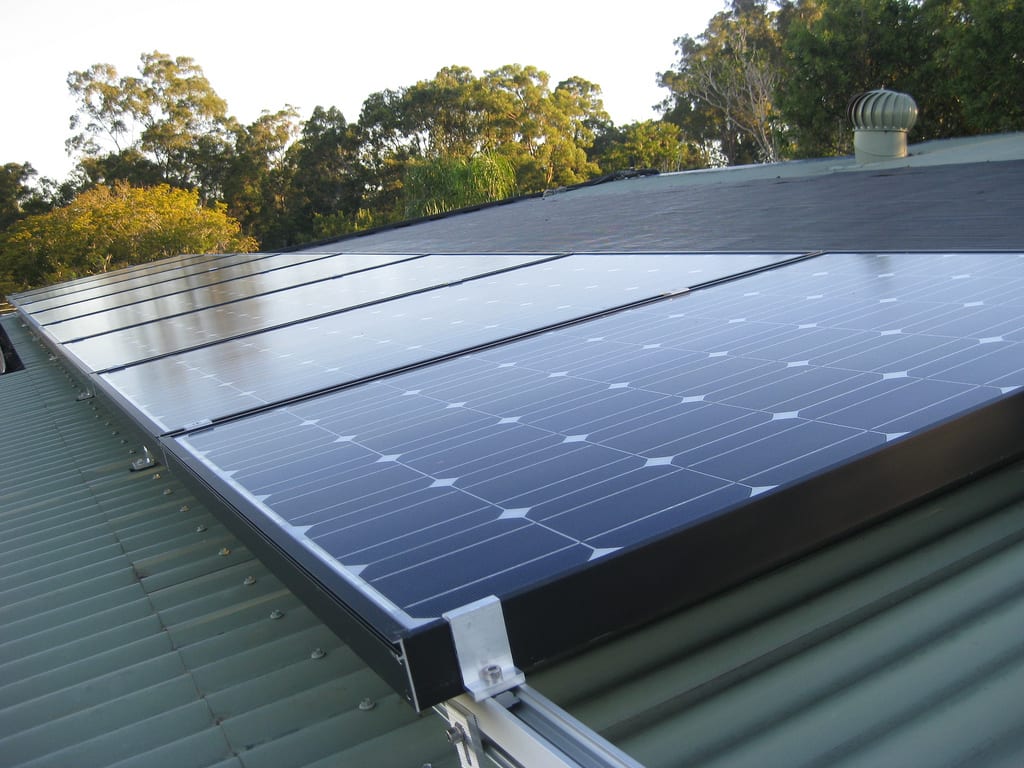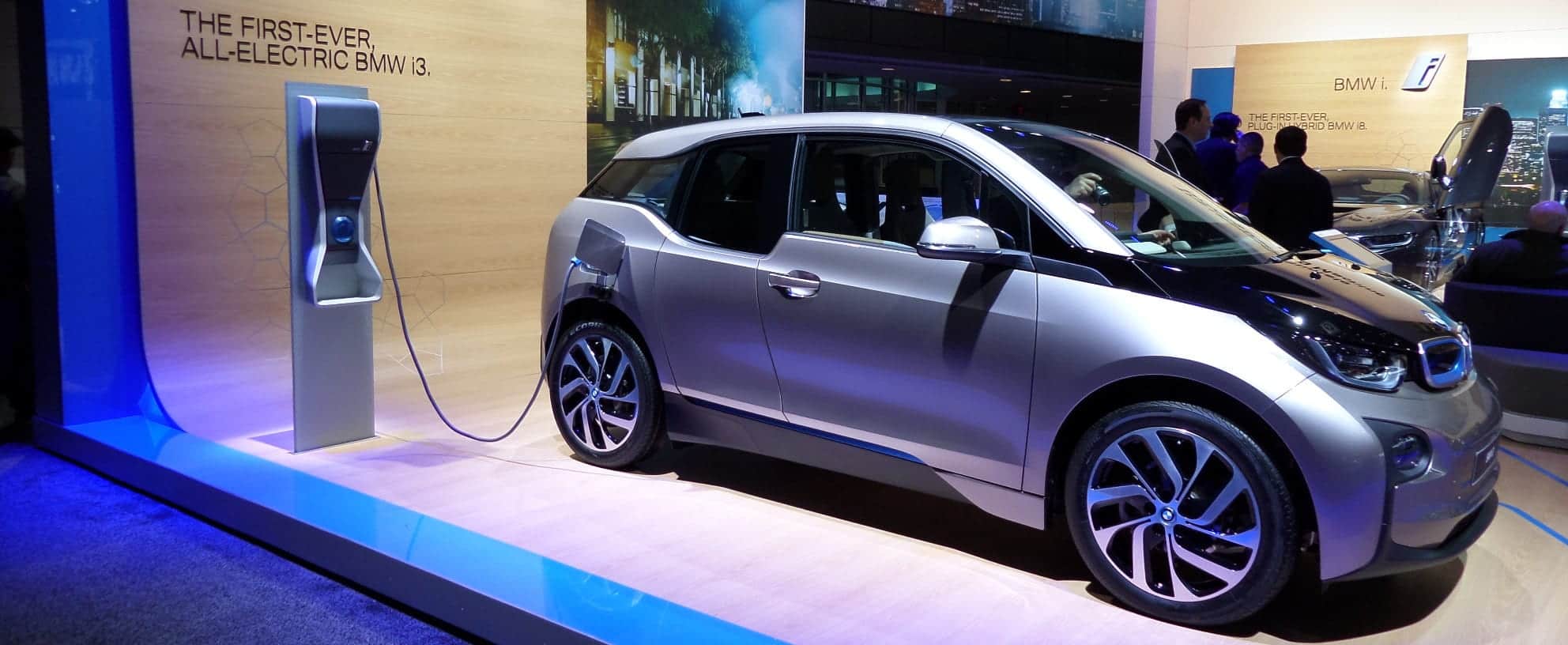Perovskite solar cells failed to impress us in 2010 with an efficiency of under 4%, a very short lifespan caused by exposure to air and water, and they were tiny (no bigger than a fingernail). Their small size isn’t necessarily a major issue, as factory robots can pop out many solar cells (in general) in a matter of seconds, so their small size can be made up with larger quantities. However, their efficiency has been skyrocketing since then up to 22% in 2016.

Image obtained with thanks from Micheal Axelsen on Flickr.
In addition to that, there has been a recent improvement in stability. According to a paper in Nature Communications, researchers at École Polytechnique Fédérale de Lausanne in Switzerland have gotten perovskite solar cells to last 10,000 hours (over a year) so far without any degradation in power output. However, it should be noted that this particular solar cell is only 11.2% efficient, but it maintained that efficiency for the 10,000-hour period, which is an important achievement in its own right. After all, what good is a 22% efficient cell if it can’t even last a year?
Perovskite solar cells have the potential to slash the cost of solar panels, and finally give them the upper hand in the free market. Conventional silicon wafer solar cells last a whopping 20-30 years on average and some are up to 22% efficient as well, but they have a very high initial cost. Perovskite solar cells aren’t as good, but they have been improving at a much faster rate than silicon wafer cells, making them just as promising.
Cost is issue number one for solar panels, so if perovskite solar cells get as cheap as I hope they can, that could ameliorate issues such as the cost of energy storage by enabling people to just buy many extra solar panels and just plaster them everywhere, to ensure that they generate as much power as they need. In addition to that, perovskite cell technologies have even been made to ‘recycle sunlight’, which may result in efficiency levels greater than were previously thought possible.








